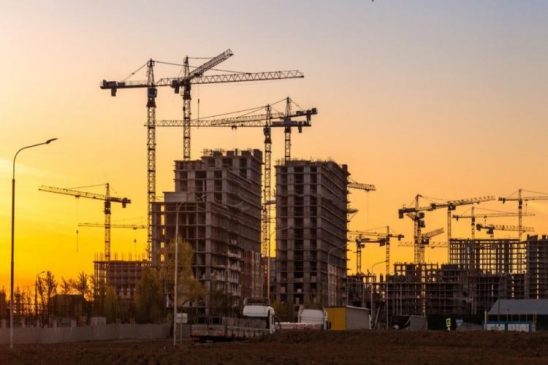Developers should be given an option to choose between 12% GST with ITC and 5% GST without ITC. Such a move will help rationalize housing prices
The Central government’s decision to introduce Goods and Services Tax (GST) in 2017 was a game changer for not just the real estate sector but the entire Indian economy. By clubbing all indirect taxes together, GST enabled a seamless and transparent taxation regime and provided a robust eco-system.
However, while there have been a number of subsequent amendments and tweaks by the government, the real estate sector yearns for more measures to ensure a conducive environment for stakeholders of the sector;
Availing ITC for developers
Currently, construction costs are high not only due to the steep costs of raw material but also due to higher GST rates that are being levied without providing for any Input Tax Credit to developers. This is leading to higher prices of homes which is dissuading homebuyers to buy properties.
Input tax credit is a critical element of GST to eliminate the cascading effect of taxation which was witnessed in the previous regime. To not allow developers to avail ITC goes against the very notion of GST which should be strongly taken into consideration.
Hence, developers should be given an option to choose between 12% GST rate with ITC (Assessment scheme) and 5% GST rate without ITC (Composition Scheme). Such a move will not only rationalize housing prices but will also increase the supply of affordable homes especially in tier 1 cities where the land prices are higher.
Providing this flexibility to developers in this regard will not just ensure increased housing demand but also help in the PM’s ‘Housing for All’ mission. This is also bound to sustain the revenue collections for the Central and local governments owing to the added sales volume, ensuring a win-win for all industrial stakeholders.
Eligibility of input tax credit of construction of property for renting/leasing purposes
Commercial spaces once operational are strong economic drivers and employment generators for the country. Currently, renting/ leasing attracts GST at 18% – however, input tax credit for construction (including renovation, repair, alteration etc.) is disallowed which is against the principle of GST to provide a seamless credit chain.
However, the current regime restricts credit flow and increases tax costs. There is a dire need for the government to ease the restrictions around availing ITC and facilitate a more seamless credit flow across the chain. Such a move will not just ensure a thriving real estate sector but the subsequent infrastructural development will add significantly to the economy and job creation process.
GST on Works contract services
Contract Services have essentially been divided into two categories, with an 18% GST rate on non-governmental works contract services and a 12% GST rate on a work contract supplied to the government, a local authority or a governmental authority. There is a dire need to ensure parity and allow 12% rate on non-government/private work contracts too.
Reduction of GST rates on cement
There has been a continuous surge in prices of raw materials which are leading to exorbitant construction costs for developers, ultimately also borne by the homebuyers. The GST rate for cement is also 28% which is mostly applied for luxury goods.
Housing is largely considered as a necessity with a number of infrastructural and housing policies launched to ensure a more supportive eco-system. However, with cement falling in the 28% bracket, it inherently goes against the notion of these progressive housing policies as many developers are not able to construct affordable houses as a direct consequence of the higher cost.
Other raw materials including steel attract a higher GST rate which are impacting the prices and leading to a more discouraging environment for homebuyers.GST has largely been viewed with a positive lens and for right reasons, too. It has simplified an age-old taxation mechanism. However, the experience of four years for Indian real estate has been mixed, at best. With a host of issues being borne by the industry including, homebuyers, it becomes necessary for the government to allow for certain changes to transform the fortunes of not just Indian real estate but the entire economy.



































